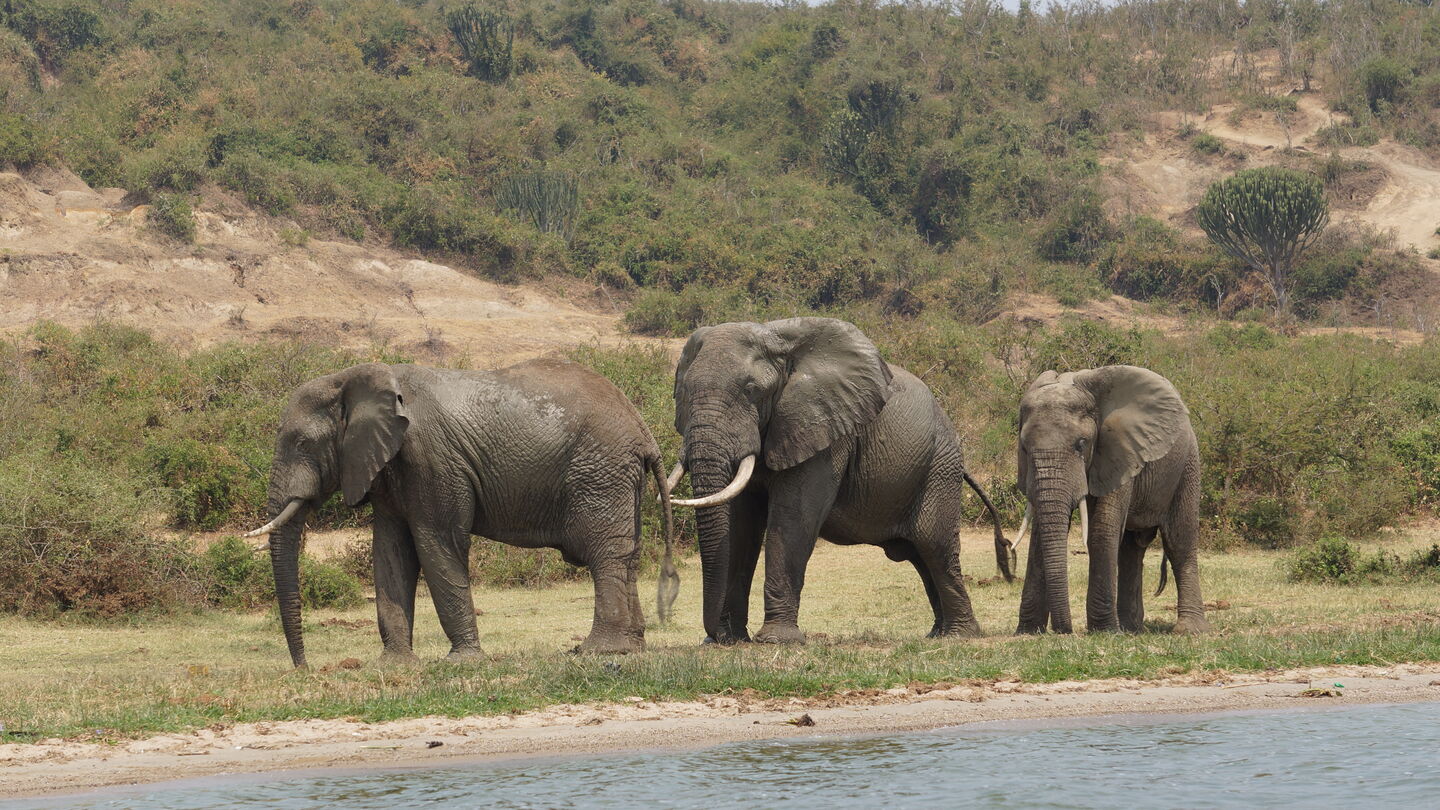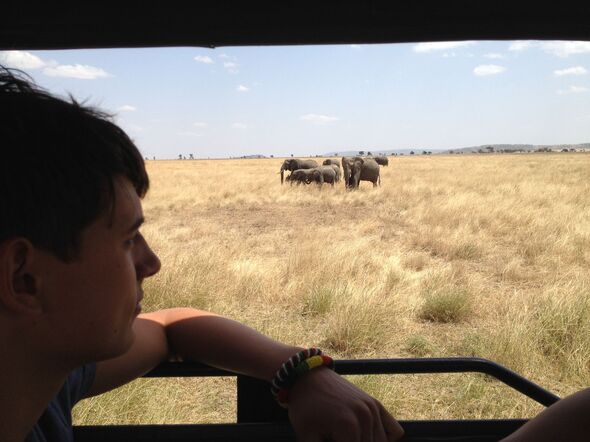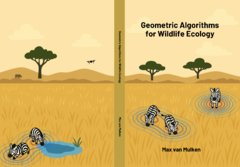
Home Stretch | Using mathematics to protect African wildlife
New, smart computational models can quickly and efficiently analyze animal behavior
African wildlife rangers have recently started using drones to protect animals from poachers. To help process the mountain of drone data and quickly detect changes in animal behavior, TU/e researcher Max van Mulken dove behind his laptop. Thanks to his clever algorithms, rhinos and elephants could soon be better protected.
Fortunately, wildlife rangers now have access to drones, which they increasingly use to monitor their animals. At the same time, AI technologies—such as automated recognition of animals in video footage—are advancing rapidly. But according to Van Mulken, the vast amount of data generated by drones doesn’t make things easier. Efficiency and speed, he says, are key. “I developed smart algorithms to quickly detect changes in animal behavior.”
And that’s crucial to staying one step ahead of poachers, who trade horns, tusks, and hides of protected animals for large sums on the black market. Simply tracking a herd of rhinos isn’t enough, Van Mulken stresses. “If you see a rhino running, the poacher is already close—and the ranger is too late to intervene.”
Zebras as bodyguards
Researchers at Wageningen University & Research (WUR) therefore use prey animals such as zebras and impalas as “bodyguards,” Van Mulken explains. “A nearby zebra herd reacts more quickly to approaching poachers and acts as an early warning system. The way such a group moves tells us a lot about its behavior.”
WUR’s first AI model showed great promise, but the researchers wanted to strengthen their approach with new geometric models. Over the past four years, Van Mulken collaborated with them to optimize that model mathematically.
Using geometric group statistics, he first studied when a collection of animals qualifies as a group, and then how to automatically distinguish two groups in video images. “We developed algorithms that can track the density function—how closely animals are grouped together. Multiple studies have shown that you can predict group behavior from the density distribution of animals.”
“Sitting still isn’t really my thing,” says Van Mulken with a laugh, surrounded by moving boxes. Alongside his PhD research, he spent the past few years helping establish the TU/e PhD association Nexus and served as a member of the University Council (UR).
Despite all those extracurricular commitments, his dissertation was finished a month before his TU/e contract ended—just in time for his move to Luxembourg. Since October 1, Van Mulken has been working there as a trainee at the European Commission. On Wednesday, October 29, he will return to defend his dissertation at the Department of Mathematics and Computer Science.
Life and motion are inseparable, he writes in the opening lines of his dissertation. That makes his PhD research a perfect fit for this all-rounder. “It’s amazing how we can use computers and mathematics to address ecological challenges.”
Illegal poaching
Until recently, wildlife rangers used GPS sensors to monitor endangered animals, Van Mulken explains. “That works well for small-scale, controlled studies. But because you can’t tag every animal in a group—catching and attaching sensors takes a lot of effort—you only observe a fraction of the whole. That makes it hard to apply large-scale algorithms.”
Partying festival crowds
Because the African savanna isn’t exactly packed with supercomputers, running thousands of calculations per second isn’t feasible. Moving images make things even more complex, Van Mulken explains. “We designed a new kinetic data structure that can intelligently determine when interesting things happen in the data and compute density only at those moments.”
Initial studies show that his designs are highly successful—and potentially widely applicable. “From zebra bodyguards to partying festival crowds.”
For anyone picturing Van Mulken collecting data himself in the African savanna, he has to disappoint: “As a theoretical mathematician, most of my work involves proving that the data structures and algorithms actually do what they’re supposed to do.” Smiling, he adds, “That mostly involves a lot of ceiling-staring.”
“A computer doesn’t have human intuition. We might think it’s obvious—for instance, that a drone should fly upward in a spiral over an area to locate a group of animals as efficiently as possible. But proving that intuition mathematically is a huge challenge. I find those kinds of puzzles fascinating—logic is beautiful.” He grins: “I did get to see rhinos and elephants, though—on safari during my vacation a few years ago.”
PhD in the Picture
What’s on the cover of your dissertation?
“I intentionally made it look like a children’s book. People are often surprised that I’m doing a PhD in mathematics—math unfortunately has quite an intimidating image. That starts as early as elementary school. But anyone who is motivated and enjoys solving puzzles can learn it. I’m living proof of that. I want to show that math doesn’t have to be intimidating at all—it’s everywhere around us.”
You’re at a birthday party. How do you explain your research in one sentence?
“I design smart algorithms to analyze animal behavior.”
How do you blow off steam outside of your research?
“I love losing myself completely in other worlds. I’m a real fantasy nerd— diving into a book every night. But I’m also very social, and I combine that with my other hobby: board games. Unfortunately, I couldn’t take my game collection with me to Luxembourg, so that’s on hold for now.”
What tip would you have liked to receive as a beginning PhD candidate?
“Don’t be afraid to send a rough draft to your supervisor. You can waste hours polishing it because you don’t want to look foolish—but that’s a waste of time. It doesn’t have to be perfect.”
What’s your next chapter?
“Computers and math are great, but I also really enjoy working with people—I’ve learned a lot about myself during my PhD. My supervisors gave me plenty of room for that, which was great. Combining research and policy suits me perfectly. I’ve now found a position at the European Commission where those two worlds come together: within the Destination Earth initiative, we’re developing a digital twin of the earth to support climate and sustainability modeling.”
This article was translated using AI-assisted tools and reviewed by an editor.




Discussion